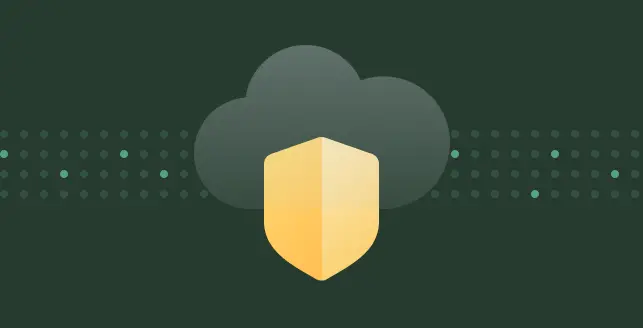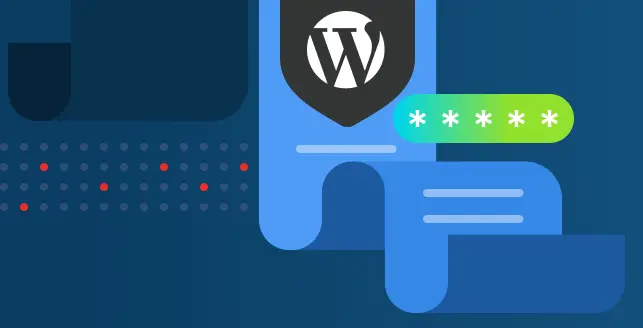
Information sent using unencrypted channels refers to data transmitted over a network without encryption, making it vulnerable to interception, modification, or unauthorized access.
Sensitive data must be protected and should only be transmitted through a secure network. However, this web application sends sensitive information over unencrypted channels, making it vulnerable to attackers.
As a result, sensitive details, including basic authentication credentials in plain text over HTTP, can be accessed by unauthorized parties.
Examples
Sending sensitive data (passwords, credit card details) over HTTP instead of HTTPS
Unsecured email transmissions (non-TLS/SSL protected emails)
Plaintext FTP file transfers
Using unencrypted messaging services
Transmitting confidential information over public Wi-Fi without a VPN
Since data travels in a readable format, attackers (e.g., man-in-the-middle attacks) can intercept, read, and manipulate it. To ensure security, always use encrypted protocols like HTTPS, TLS, SSH, or VPNs when transmitting sensitive data.
What are the impacts of transmitting information over unencrypted channels?
Transmitting sensitive information over unencrypted channels can lead to several serious security risks, including:
1. Data interception (Man-in-the-Middle Attacks)
Attackers can eavesdrop on network traffic and steal sensitive information such as login credentials, payment details, and personal data.
2. Credential theft
If authentication details (e.g., usernames and passwords) are sent in plaintext, attackers can capture and reuse them to gain unauthorized access.
3. Data tampering
Unencrypted communication allows attackers to modify transmitted data, leading to malicious content injection or corruption of sensitive information.
4. Session hijacking
Attackers can steal session cookies and impersonate legitimate users, gaining control over their accounts.
5. Regulatory non-compliance
Many security and privacy regulations like GDPR, PCI DSS, HIPAA mandate encryption. Failing to encrypt sensitive data can result in legal penalties and reputational damage.
6. Loss of user trust
Users expect secure communication. A security breach due to unencrypted transmission can lead to loss of credibility and decrease customer confidence.
To mitigate these risks, organizations should enforce HTTPS, TLS encryption, and secure authentication mechanisms.
Prevention measures for transmitting sensitive data over unencrypted channels
1. Enforce HTTPS and TLS encryption
Use HTTPS instead of HTTP to encrypt data in transit. Implement HSTS (HTTP Strict Transport Security) to ensure all connections remain secure.
2. Secure authentication credentials
Avoid transmitting usernames and passwords in plaintext. Use hashed and salted credentials, and implement OAuth, OpenID Connect, or multi-factor authentication (MFA) for added security.
3. Encrypt data in transit
Utilize TLS/SSL encryption for all network communications, including email, file transfers, and database connections, to prevent interception by attackers.
4. Secure API communications
Ensure all API requests use HTTPS and protect them with OAuth 2.0, API keys, and access controls. Implement certificate pinning to prevent man-in-the-middle attacks.
5. Protect user sessions
Use secure cookies (HttpOnly, Secure, SameSite attributes) to prevent session hijacking. Implement session timeouts and token-based authentication for better security.
6. Implement strong access controls
Restrict access to sensitive data based on user roles and permissions. Use least privilege principles to minimize exposure.
7. Monitor and audit network traffic
Use intrusion detection systems (IDS) and security monitoring tools to detect suspicious activities and prevent unauthorized data interception.





